Gold Uncovered: Guitarist Ed Scott and Manager Ron Cabral Share Their Story
Gold came out of the Mission District like a lit match tossed into dry brush. A garage-born ritual back when the streets still bled real noise.
Their sound was raw, half-prophetic, half-possessed, like Santana waking from a fever dream next to the ghost of The Jefferson Airplane. Critic Phil Elwood tried to pin it down, but Gold always slipped the noose. You might have caught them forty-some years ago, sweat-soaked and feral under the flickering lights of The Matrix, Keystone Korner, or Winterland. They played the Fillmore West like it was their last night on earth every single time. Northern California, Oregon, anywhere with a stage. Benefits, barrooms, busted-up halls, they played them all because the music had to come out or it would burn them alive.
Key members of Gold included Ed Scott on guitar, Joe Bajza on guitar, Chico Moncada on bass, and Sebastian Nicholson on congas. The band featured several drummers over the years, including Louis Gorseau, Roy Garcia, and Jose Lopes. Vocalists included Richard Coco, Robin Sinclair, and Bob Golden. Ron Cabral contributed Latin percussion and also served as one of the band’s managers, alongside his brother Dennis Cabral.
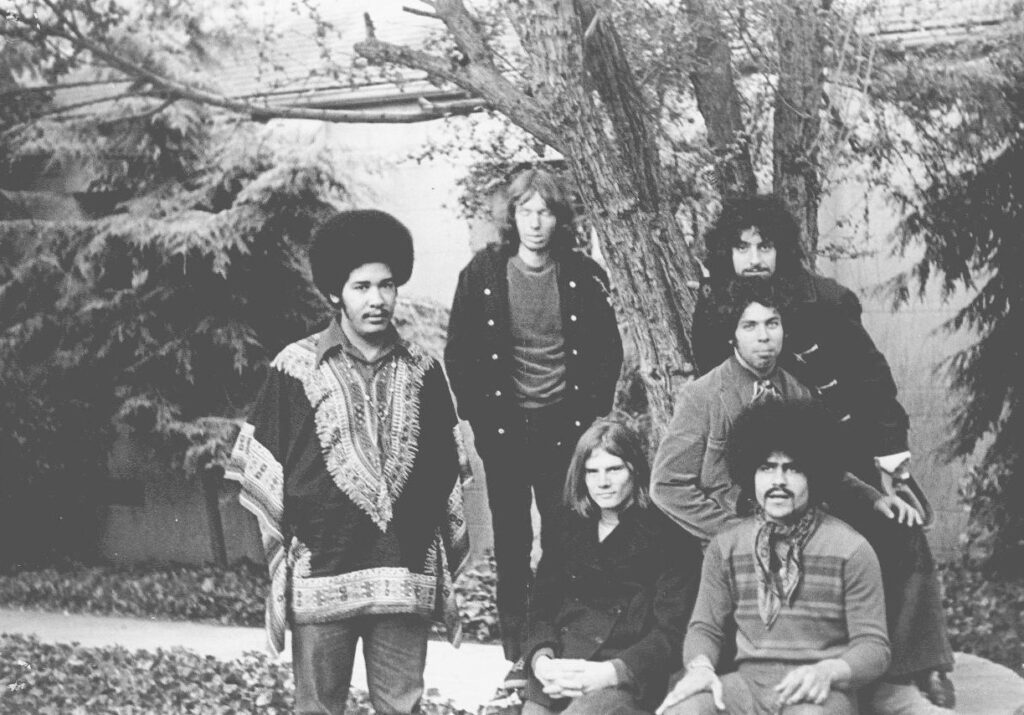
“Gold is perhaps the most famous unknown band to come out of San Francisco.”
It’s a pleasure to talk about your band, Gold. First, I usually ask about childhood and teen years. Where did you grow up, and what are some memories of your teenage years?
Ed Scott: I grew up in San Francisco in the Mission District, where I spent most of my time playing baseball.
Ron Cabral: I was born and raised in San Francisco and attended both Catholic and public schools. I began playing the trombone in seventh grade and never stopped. When I attended City College of San Francisco, I played in their award-winning jazz band. Later, I also performed in a symphonic orchestra at San Francisco State University while working on my teaching credential. I became a regular teacher in 1966, teaching English and Social Studies in the middle school program. I stayed in education until 2001, retiring as a middle school principal. Since retiring, I’ve turned to writing and am currently co-writing a book about San Francisco in the 1970s.
What would you say had a great impact on you in the early days that led you to become a musician?
Ed: The Beatles. When they came out, it changed my focus to music.
Ron: As for my time as a musician, I briefly played trombone with Country Joe and the All-Stars in 1972, and I also played percussion with Gold on some recordings and during concerts. In 2003, I backed up Country Joe on trombone at several San Francisco Bay Area gigs. We also did a television show and a radio show. In 2004 and 2005, I went on two tours with the Country Joe Band, which included all former members of Country Joe and the Fish except for Barry Melton. On those tours, I worked as a driver, photographer, and sold my book Country Joe and Me. The tours went from Los Angeles to Canada, with stops in Seattle, Portland, Lake Tahoe, and Victoria. I read from my book and introduced the band at the Experience Music Project in Seattle. The book is also a kind of biography and autobiography, as Joe and I shared many experiences in the military, in music, in performance, and in education. Throughout all of this, I was also a full-time teacher in the San Francisco public schools, and I wrote about some of that in the book.
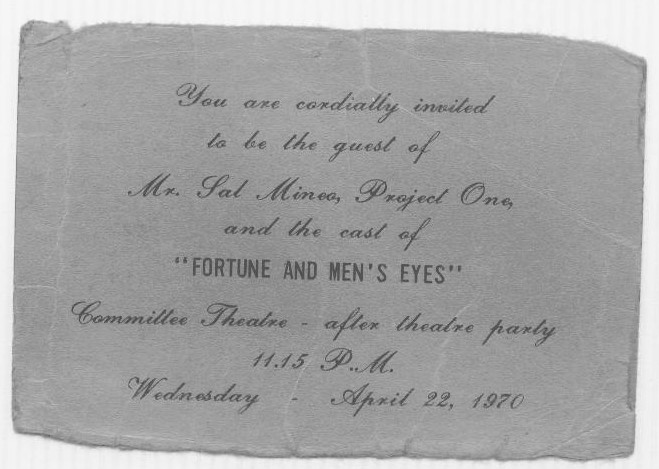
Ron, there’s an interesting story behind meeting Country Joe McDonald, and you actually wrote a biography about him. Would you like to share that story for those who don’t know the book and might find it interesting?
Ron: Country Joe and Me is about Joe McDonald, whom I met while we were both serving in the U.S. Navy in Japan during 1960 and 1961. We worked as Air Control Tower Operators and lived in the same barracks. There is a chapter in the book called In the Navy, which describes our time in Japan. Since we were both from California, we met up again a few years later in San Francisco and then again at the Human Be-In held in Golden Gate Park in January 1967. At that time, I didn’t know Joe had started a band with Barry Melton called Country Joe and the Fish. I became very excited about the music scene happening in my hometown and wanted to participate in it. The book details my efforts to get involved, including managing a group called Celestial Hysteria. The name came from a poem by beat poet Lenore Kandel. I managed Celestial Hysteria for a year, then joined my brother Dennis in managing Gold, a Mission District garage band with a strong, bluesy Jefferson Airplane and Santana-style sound.
The band went on to play at all the major Bay Area venues, including the Fillmore, Fillmore West, and Winterland. We opened for acts like Mike Bloomfield, Janis Joplin with Big Brother and the Holding Company and later with Full Tilt Boogie, Hot Tuna, Malo, Cold Blood, Country Joe, Tower of Power, and even British rockers Ten Years After. It was a great run that lasted until 1973, a total of five years.
The book covers much of my time in music and includes 60 photos and pieces of memorabilia. Along the way, I met and had interesting encounters with Bill Graham, Chet Helms, Janis Joplin, Jerry Garcia, and many other San Francisco-based musicians.
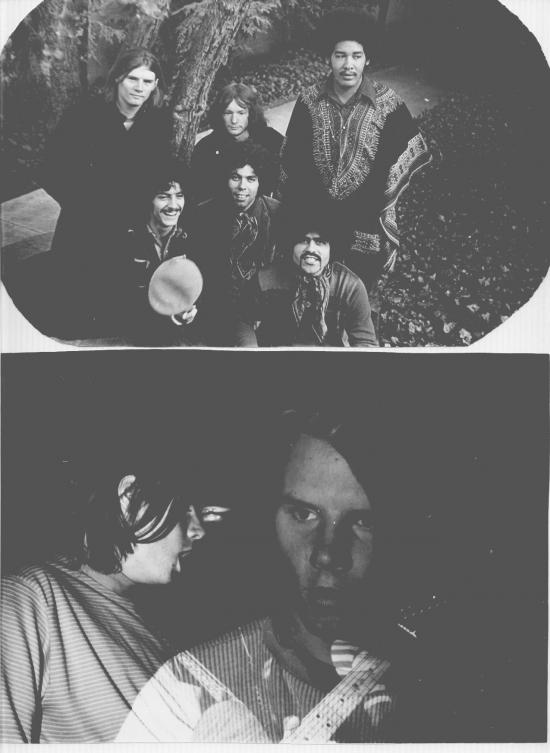
Were you in any bands before forming Gold? Are there any recordings from that time?
Ed: No, Gold is the only band I have ever been in.
Who was in Gold, and how did you all come together to form the band?
Ed: The original lineup included Chico Moncada on bass, Louis Goursau on drums, Sebastian Nicholson on congas, Joe Bajza on lead guitar, myself on rhythm guitar, and Richard Coco on lead vocals, who was later replaced by Robin Sinclair.
Ron: Key members of Gold were Ed Scott on guitar, Joe Bajza on guitar, Chico Moncada on bass, Sebastian Nicholson on congas, and drummers Louis Gorseau, Roy Garcia, and Jose Lopes. Vocalists included Richard Coco, Robin Sinclair, and Bob Golden. I played Latin percussion and was also one of the band’s managers, along with my brother Dennis Cabral.
Is there any special meaning behind the name Gold?
Ed: The name Gold came about after we tried several longer names, including Golden Gate Meditation Society and Golden Gate. Finally, I told our manager we should just be called Gold, and that is what we became.
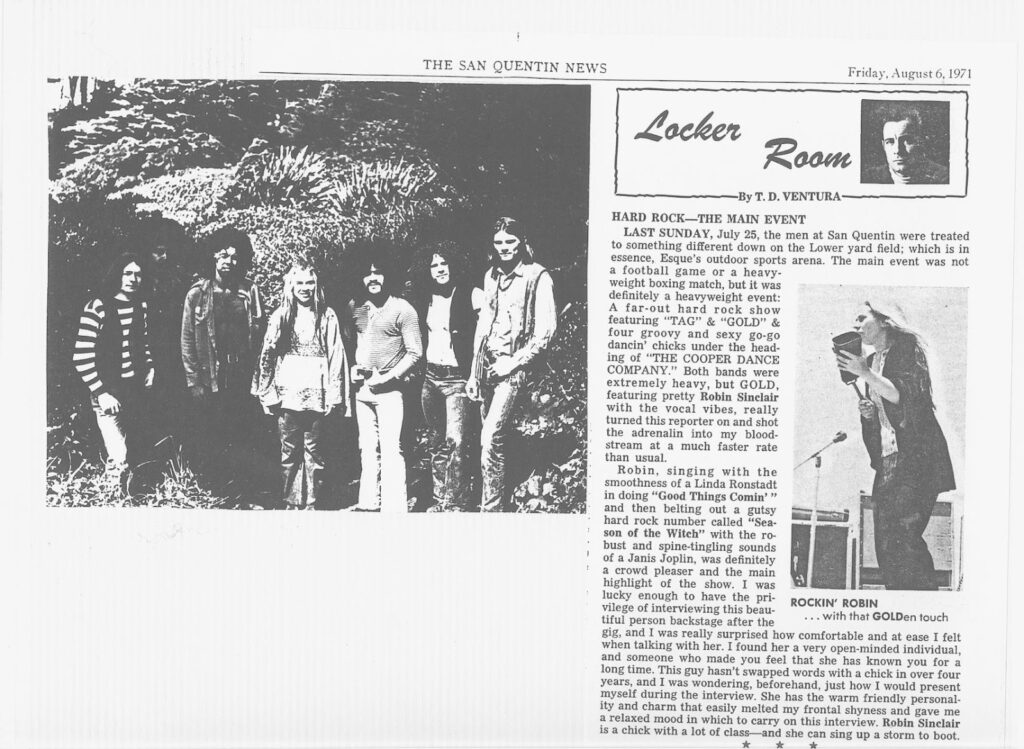
Tell us about Gold concerts. Where did you perform, and with whom? Did you ever tour?
Ed: Gold mostly played in the San Francisco Bay Area at venues such as the Fillmore West, Winterland, Pepperland, and others. We performed alongside bands like Ten Years After, Tower of Power, Cold Blood, Mike Bloomfield, and more.
Ron: Gold is perhaps the most famous unknown band to come out of San Francisco. If they had released a strong LP during their active years in the Bay Area, they might have broken through, but it just did not happen. Another excellent group from the same period, Osceola, faced a similar fate. Both bands played on some major shows.
Gold performed at a private party for the late actor Sal Mineo. They also played at a lesbian bar called Saturnalia in San Francisco. In 1971, Gold opened the show at Winterland for both Hot Tuna and Ten Years After. That same year, the band appeared backing Country Joe at Friends and Relations Hall during a concert that featured New Riders of the Purple Sage.
In 1996, Rockadelic released your LP. What can you tell me about those recordings? When and where were they made, and what are some of your strongest memories from producing and recording it?
Ed: The recordings on that album were made at Golden State Recorders in San Francisco. We were all very young and very excited to be recording our music in a professional studio.
Ron: I want to mention that during some of Gold’s peak moments, Country Joe became involved and acted as a sort of producer for the group, both in the studio and beyond. He coached the band on performance techniques, particularly before they played Winterland.
Gold recorded part of the music soundtrack for the Saul Landau film Que Hacer in 1971, which focused on Chile during Salvador Allende’s presidency. Joe appears in the film several times. He also taught the band two of his songs, “Summer Dresses” and “Piece of Your Action,” and produced a version of “Summertime.” All of this took place at Golden State Recorders in San Francisco. Joe did everything he could to help Gold reach its full potential. Bill Graham gave the band several bookings at major venues, but unfortunately, things did not progress further, and the band broke up by 1973.
Why were your recordings never released? What happened?
Ed: We never knew for sure, but it was probably due to a lack of proper promotion.
There is another LP called Mission Rock, released by World in Sound Records. What can you tell me about the material? I understand it was recorded live in San Francisco in 1971.
Ed: This album was recorded when Gold was probably at its artistic peak. The songs were very strong.
Ron: The liner notes of both World in Sound CDs contain a lot of information and history about Gold. I wrote both sets of notes. Wolf Reuther, CEO of World in Sound, has done a tremendous job bringing Gold’s music to the world. I am very thankful for the engineering and distribution efforts that helped introduce Gold to collectors of psychedelic music.
The CDs have now been available for about ten years and have sold internationally. World in Sound specializes in uncovering psychedelic music from the late 1960s and 1970s that never got signed by a label at the time. Gold’s recordings were preserved over the years. The Mission Rock CD is actually a live radio broadcast on KSAN. The Oregins CD includes half studio recordings from Golden State Recorders and half live recordings from the Fillmore West, captured during an audition performance for Bill Graham.
Ed Scott found the old Rockadelic LP in a used record store in Marin County in 1997. Its appearance was a mystery and surprised everyone. I believe that discovery prompted Wolf to search for us, which eventually led to the release of the two World in Sound CDs.
Work on Mission Rock started in 2001, and the CD was released in 2002. Oregins—intentionally misspelled as a blend of “ore” (as in gold) and “origins”—was released in 2003. I worked closely with Miguel at first, then with Wolf, communicating by phone and computer to finalize the liner notes and other aspects of the CD production. It was a very rewarding experience.
Golden State Recorders was owned by the late Baron Leo Kulka, who operated in the traditional style of record labels. Many groups recorded there, including Big Brother and the Holding Company. Kulka signed several bands and tried to market them as package deals to other labels.
Rock promoter Bill Graham really liked Gold and gave us several chances to advance our career. He encouraged us to release an LP around 1970 or 1971 because he needed to book bands for the Fillmore that already had hit LPs. He often booked them as the third act on the bill. Unfortunately, the album he was waiting for never materialized during his lifetime. He died in a tragic helicopter crash in 1991. The two CDs produced by World in Sound would have been the LP he had hoped for, but they were released many years later. Kulka never released a full album but did put out a 45 RPM with “Summertime” on the A-side and “No Parking” on the B-side.
One of Gold’s biggest gigs may have been the 1970 Hells Angels party in San Rafael. The lineup included Loose Gravel with Mike Wilhelm, Gold, Big Brother and the Holding Company, Full Tilt Boogie, and Janis Joplin. That event is also described in my book Country Joe and Me.
Country Joe and Me is available on Amazon.com, on the German Amazon site, and also on Kindle and Nook.
Would you like to tell me about your songwriting? What inspired you the most?
Ed: I think I was influenced by a lot of the music at the time. It was a combination of various styles that we blended together to create our own sound.
What happened after Gold?
Ed: I think everyone just went their separate ways and pursued other things.
What currently occupies your life?
Ed: I actually have a new version of Gold, and we are still playing music—some old and some new.
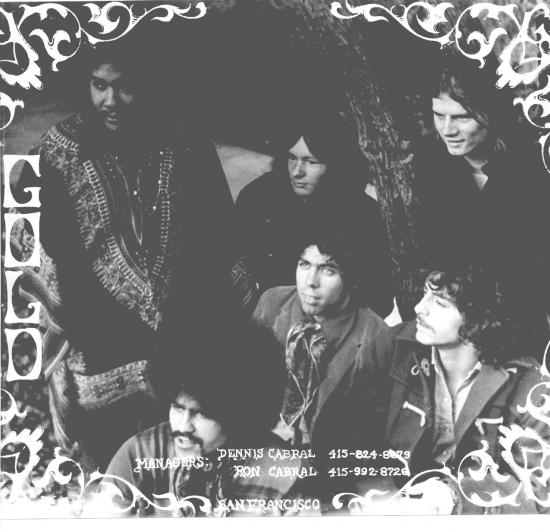
Thanks a lot for taking the time. Would you like to send a message to It’s Psychedelic Baby readers?
Ed: Yes. There is also another album out on World in Sound called Oregins. Check it out, along with Mission Rock. Thanks for your interest in Gold.
Klemen Breznikar
Headline photo: Gold guitarist Joe Bajza performing at the 1971 anti–Vietnam War rally in Golden Gate Park, San Francisco. The event drew a crowd of over 200,000. Photo courtesy of the band
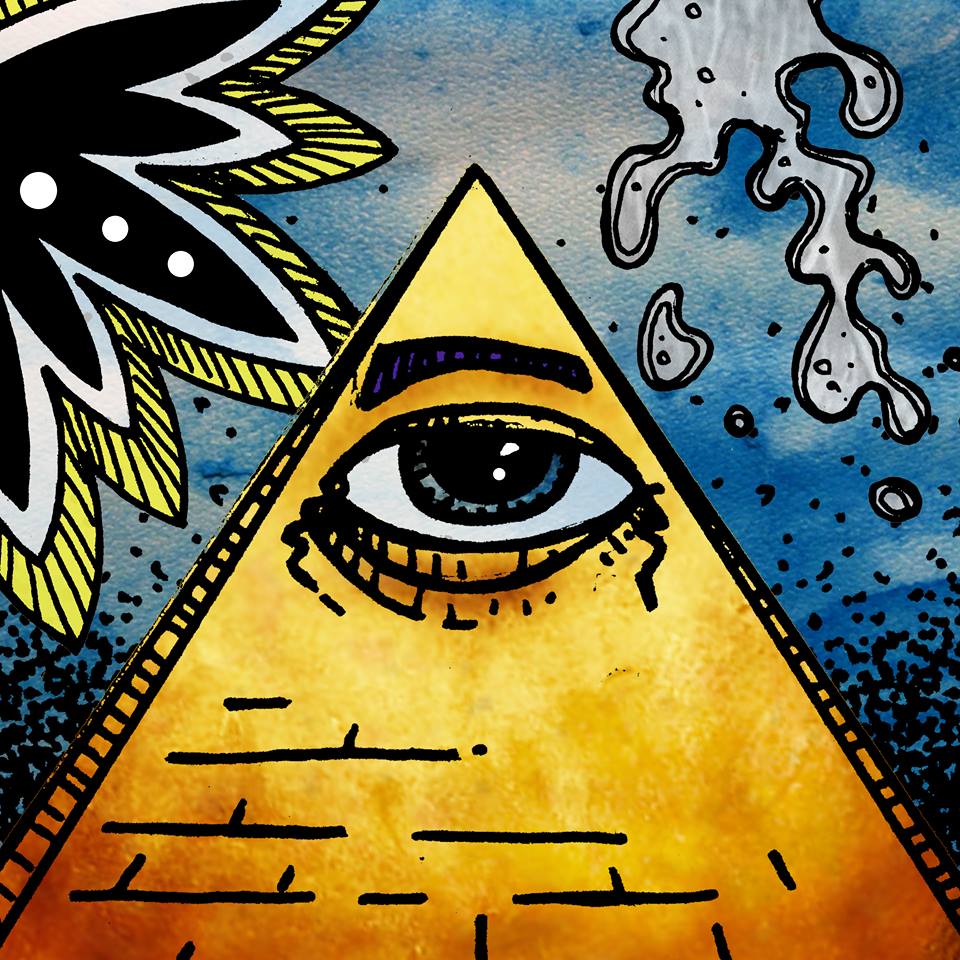
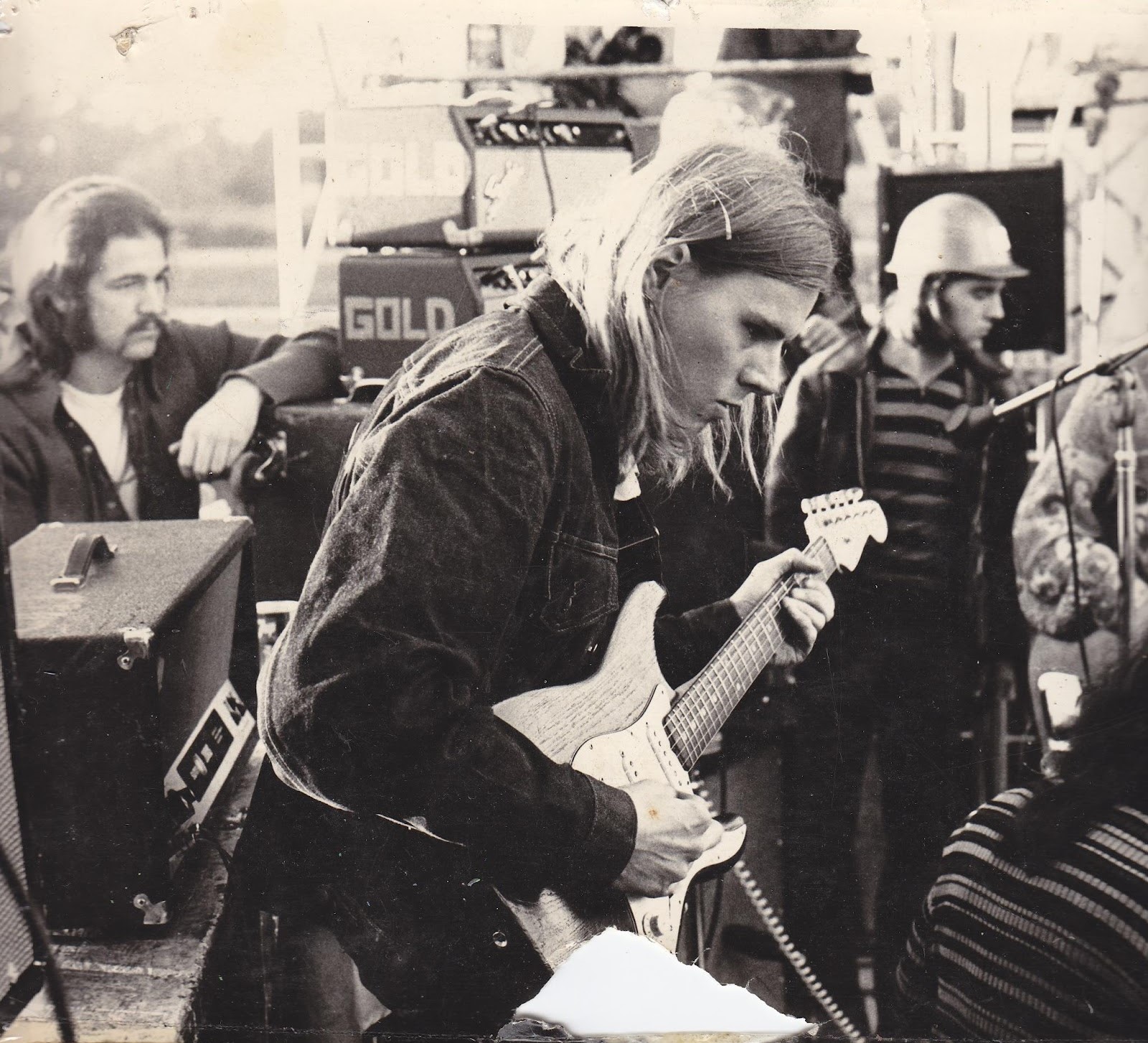
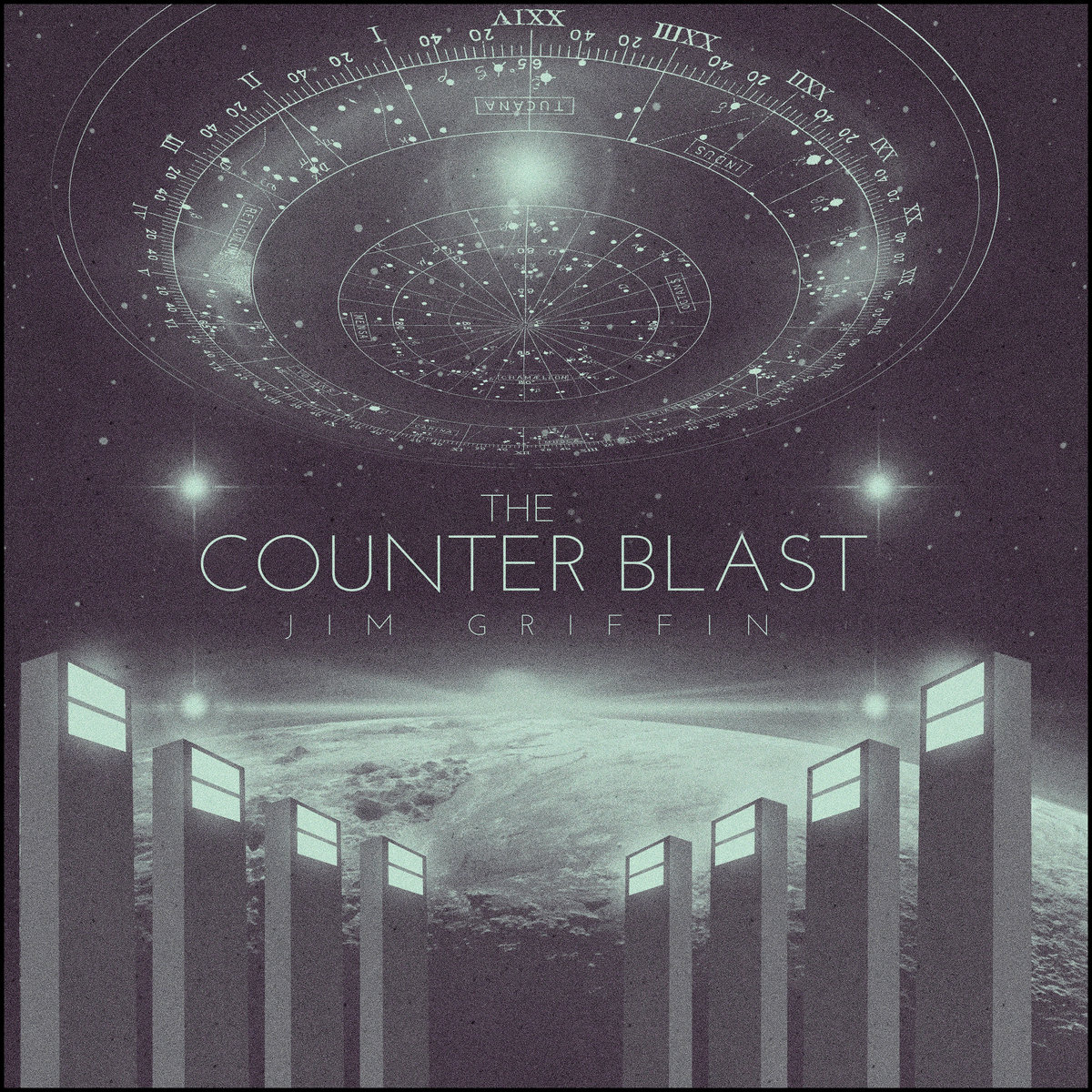
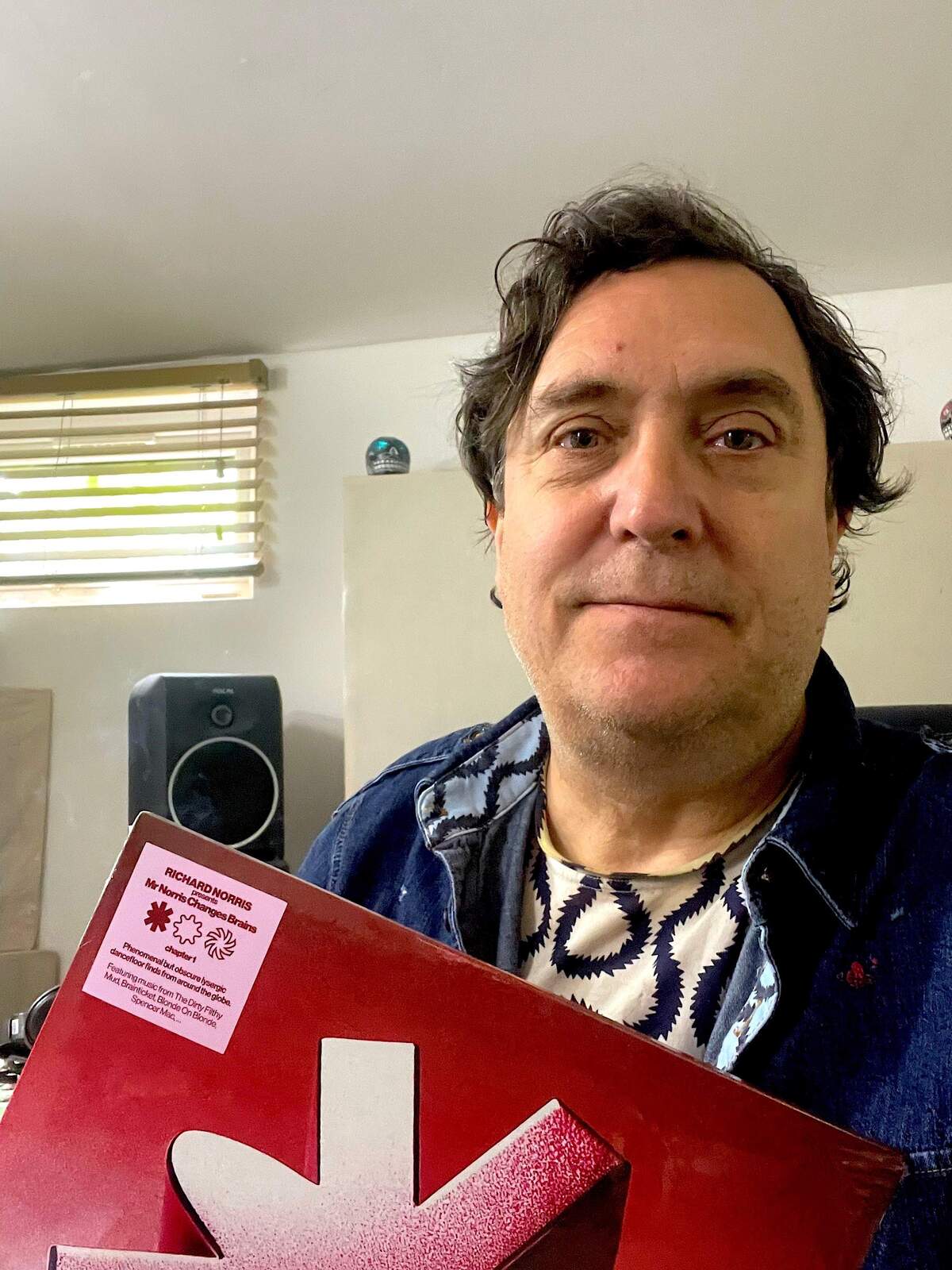
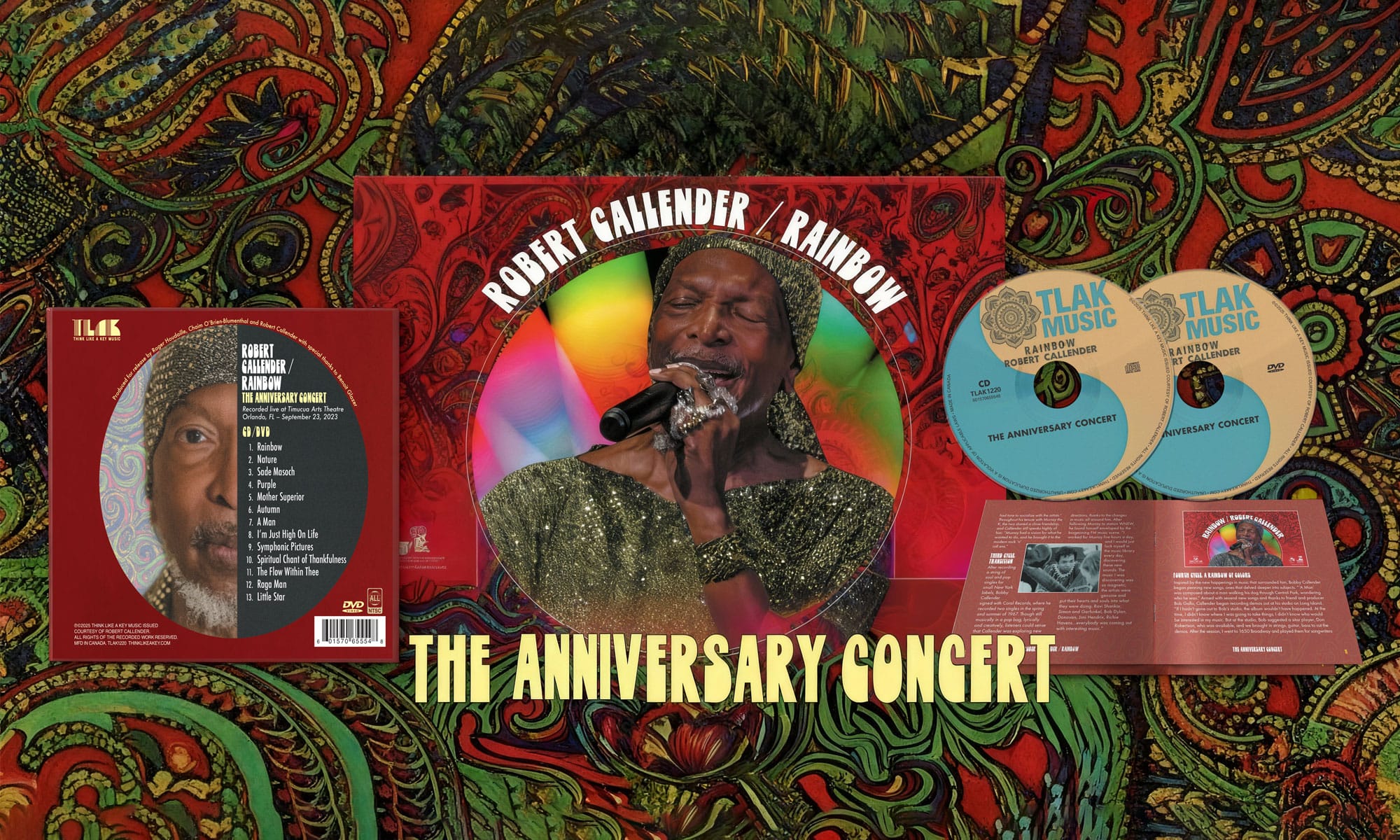
WOW!!!
I love Gold band, have both CDs … no vinyl issue :(((
Many many thanks by this post/interview
WorldinSound did release a vinyl recording. You can see it on their website. Might be hard to actually land one as they only made so many.
Ron
I adore both Gold and Joe McDonald. Sebastian Nicholson (died January 27, 1990),conga player in Gold as well as Country Joe and the Fish All-Stars, was my father. Weekends for a jam session in Golden Gate Park are some of my most treasured memories. 🙂